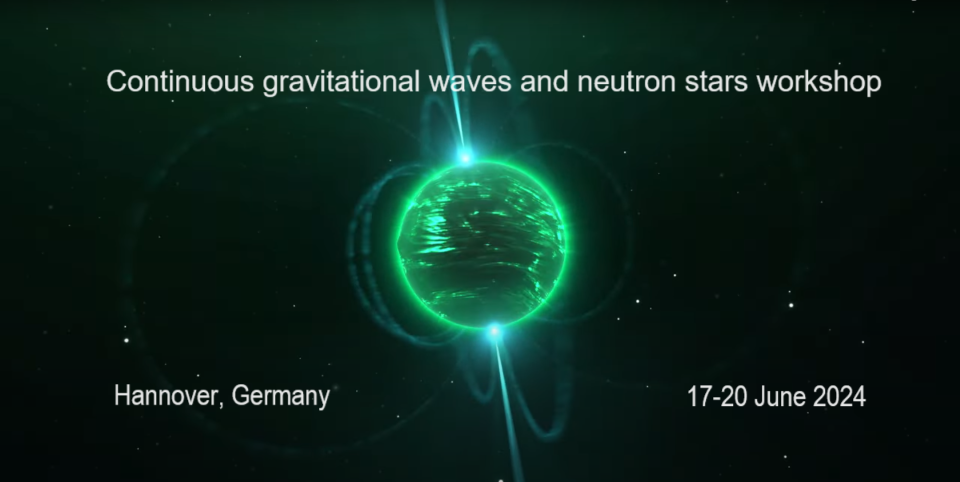Speaker
Description
In the era of multi-messenger astrophysics, we are on the precipice of observing binary systems within our galaxy using gravitational waves in addition to traditional electromagnetism, in the advent of third generation gravitational wave detectors such as LISA. The joint messenger observations can bolster our detection ability of systems throughout our galaxy, providing an unprecedented insight into their populations. By predicting the spatial distribution of binaries within our galaxy, we can test multiple facets of binary evolution, such as stellar, orbital, and kick evolutions.
In this talk, I will present our end-to-end pipeline (work-in-progress) to accomplish track the orbital motion of binaries robustly using population synthesis and hydrodynamical galaxy simulations. By combining our understanding of binary motion throughout the galaxy, we can create simulations to predict the spatial densities of binaries across their host galaxies. Coalescing binaries within our simulations can be used as proxies to map transient rates and offsets. This includes characterising the subset of binaries that are ejected, which is important in characterising merger induced transients that contribute towards a “host-less” demographic (i.e., no known host galaxy).
I will present the current development progress and explore the implications of having such a framework on formulating strategies aiding searches for binaries with at least one neutron star. Whilst this framework can be used to extra-galactic sources (in context of compact binaries – NSNS/BHNS/NSNS), I will further explore the implications of this work on finding galactic pulsar binaries using foreground gravitational wave emission detected by LISA. We apply this work to explore the environments and populations of “Spidery” pulsar systems (millisecond pulsars paired with an ablated low-mass companion).

